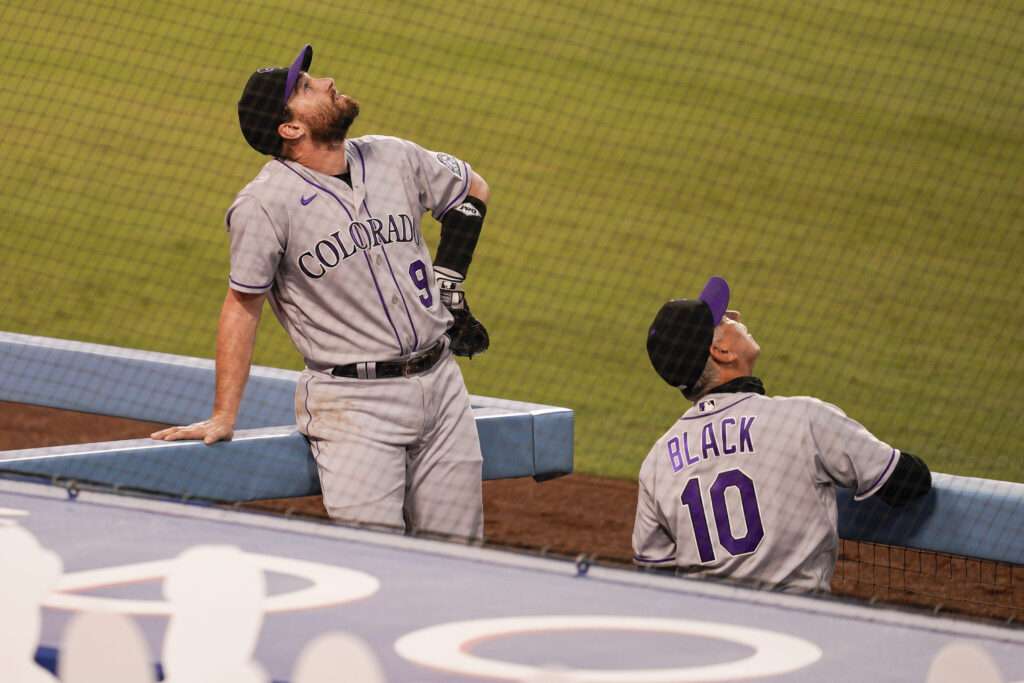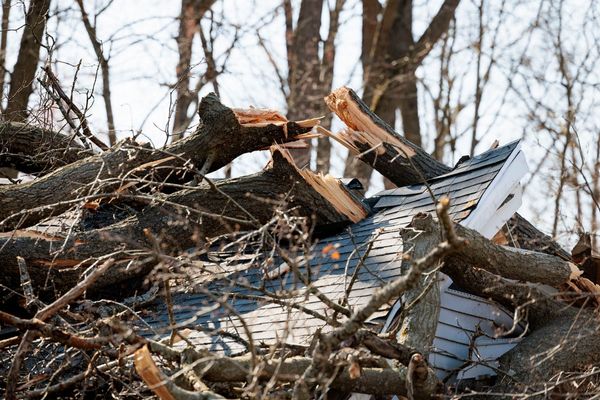
If you live near a sports stadium and own a remote control toy, you might have committed a federal crime without even realizing it.
After 9/11, the Federal Aviation Administration (FAA) banned all flights below 3,000 feet within 3 nautical miles (around 3.5 land miles) of certain sports games. Since then, Congress has made the rule permanent, and the FAA expanded the restriction to all "unmanned aerial systems," including drones and model planes.
Many hobbyists have run afoul of the rule without realizing it, and some have caught serious federal charges. Now the Drone Advisory Council, an industry association, is pushing the FAA to nix the restriction. In a paper published last week, the council urged the FAA to exempt unmanned aircraft from the 3-nautical-mile no-fly zone.
The huge radius "makes sense if you're concerned about airspace security from a traditional airliner crashing into the stadium, but not for a drone," the paper says. Instead, the council is calling for a permanent ban on drone flights directly over stadium property.
As it stands, temporary no-fly zones around stadiums put 125,000 square miles of airspace out of commission for drone pilots every year, according to the Drone Advisory Council. And it's often prime airspace in the middle of cities. Look at the stadium airspace in San Francisco, for example:
Or Chicago:
Unlike in controlled airspace, there is no way for remote pilots to get automated FAA approval to fly through stadium no-fly zones. Making chunks of major cities off-limits to drones could hinder the development of industries like drone delivery, the Drone Advisory Council paper warns.
To make matters worse, it's hard to know exactly when the no-fly zone is active. The FAA restriction applies to "any stadium having a seating capacity of 30,000 or more people where either a regular or post season Major League Baseball, National Football League, or NCAA division one football game is occurring," as well as NASCAR, IndyCar Series, and ChampCar World Series races, from an hour before the game starts to an hour after the game ends.
"The NOTAM [notice to air missions] does apply to a MLB game with 1,000 people in attendance, but not to a pre-season NFL game with 50,000 people in attendance," the Drone Advisory Council paper points out. For that matter, concerts aren't covered by the restriction, a huge oversight if drones really are a threat to the audience.
Unlike other airspace restrictions and NOTAMs, which pilots can easily find on the FAA website or an FAA-approved drone app, the stadium flight restriction requires pilots to look at the schedules for nearby stadiums and figure out which games qualify. Not everyone bothers to do so—and some people end up in serious trouble.
In 2020, a man was charged with flying a drone over Miami when the city was under a temporary flight restriction for the Super Bowl. The following Super Bowl, two men were charged with doing the same thing in Tampa. None of them breached the stadium itself. The temporary flight restriction for the Super Bowl is even wider than the normal no-fly zone.
In 2022, Travis Lenhoff ran afoul of the law for taking an aerial selfie with his drone at a restaurant next to the Great American Ballpark in Cincinnati on Opening Day.
"I was surprised when I was initially approached by the sheriff's office and then really caught off guard when I was questioned by an FBI agent, so that kind of changed the tone of things," Lenhoff told a local news station. He pleaded guilty and was sentenced to a year of probation.
To be clear, drones can become a real menace to sports games. A 2020 baseball game in Los Angeles and a 2024 football game in Baltimore were both interrupted when someone buzzed the stadium with a drone.

But the Drone Advisory Council believes that the FAA should stop these overflights by focusing on, well, people who actually fly over stadiums.
"When interviewing FAA officials and public safety agencies, there is broad acknowledgment that a drone-sized and scope NOTAM would be more effective," the Drone Advisory Council paper states. "When public safety agencies monitor flights around events, such as the Texas [Department of Public Safety] at the University of Texas football games, their primary area of focus is the property line and the stadium itself. Drones outside this immediate area, much less 3 miles away, are largely irrelevant to their security assessment."
The drone lobby, however, is going up against an even more powerful opponent: the sports industry.
Last year, the House of Representatives voted for an amendment to the FAA budget that would shrink the stadium no-fly zone to just 0.75 nautical miles, and allow the FAA to waive even that restriction. Although the new rules would apply to all aircraft, House Transportation and Infrastructure Committee Chair Rep. Sam Graves (R–Mo.) cited the example of "a construction crew wanting to use a drone to inspect a roof three miles away" during a baseball game.
The NFL, MLB, and NASCAR all lobbied to keep the flight restriction as is. Cathy Lanier, the senior vice president for security at the NFL, told ESPN that "Aircraft can be used as a weapon and that is one of the top concerns that we've had for 20 years." Graves' amendment did not make it into the Senate version of the FAA budget bill, which came out on Monday.
So the aircraft ban remains. "Congress mandated the sporting event flight restrictions," an FAA spokesperson told Reason. "The FAA developed the dimensions in coordination with our law enforcement and security partners."
Still, nothing in the law requires the FAA to apply that ban to drones. With or without a congressional decision, the Drone Advisory Council wants the FAA to "take immediate action to create a drone-specific NOTAM for stadiums and events."
The post Should It Be Illegal To Fly an RC Plane Within 3 Miles of a Sports Game? appeared first on Reason.com.







